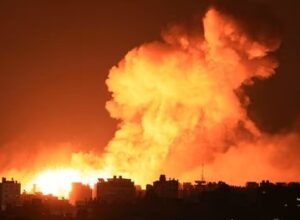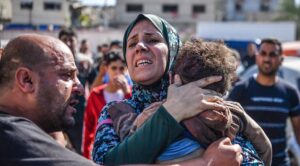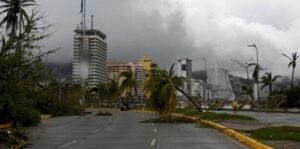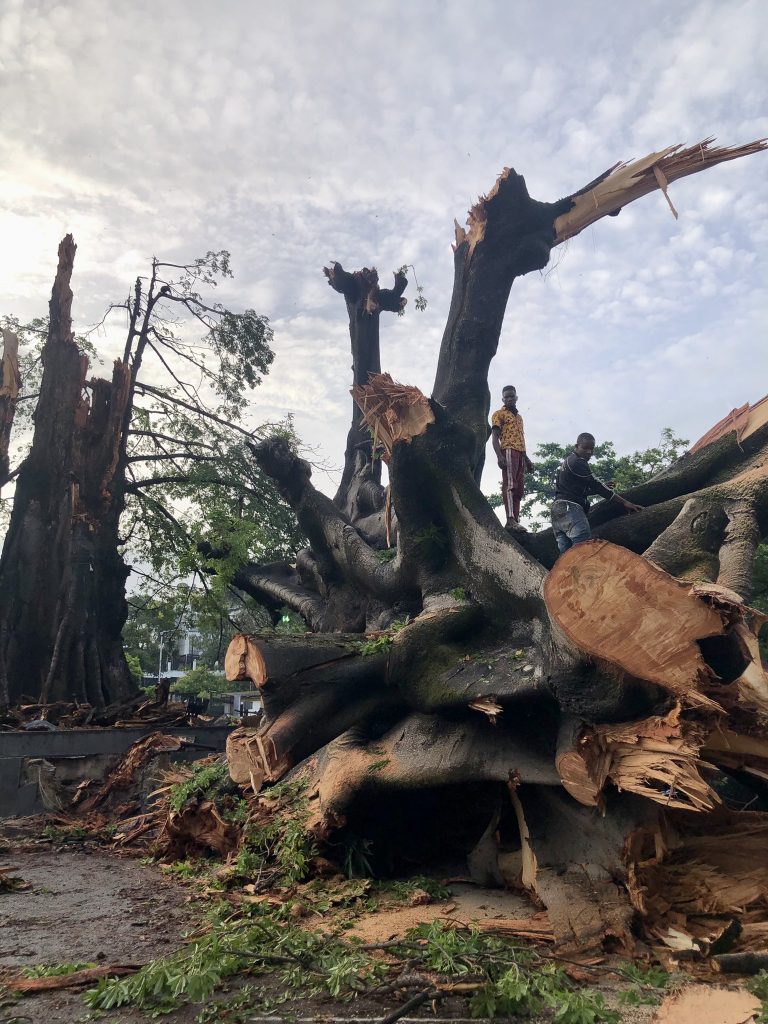
An ancient tree that represented an important historical symbol in Sierra Leone has been toppled due to adverse weather conditions, the government announced. The imposing Ceiba pentandra, known as the Cotton Tree by the inhabitants of Sierra Leone, lost all its branches during a storm of strong winds and torrential rains, leaving only its sturdy trunk standing. This tree, located in the capital, Freetown, was about 400 years old and reached a height of 70 meters (230 feet).
President Julius Maada Bio: “The loss of such an iconic national symbol as the Cotton Tree is food for thought for all Sierra Leoneans. For centuries, it has been a proud emblem of our nation, representing a country that has provided refuge to many.”
According to legend, people who had been enslaved and gained their freedom by fighting on the British side during the American Revolutionary War prayed under this tree upon arriving in West Africa.
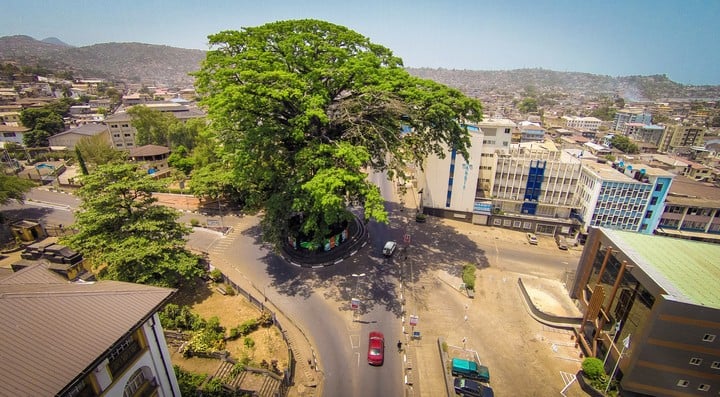
The Cotton Tree was an ornamental motif on banknotes and stamps, and was visited by Queen Elizabeth II in 1961. Since then, it had become a popular attraction. The inhabitants of Freetown continued to come to pray under this tree, which stood majestically above a busy roundabout near the National Museum, the Central Post Office and the highest court in the country. In a sign of mourning, about a hundred residents gathered at the site on Thursday morning.
Gibrilla Sesay, a 34-year-old financial professional, commented: “I am shocked and devastated to see our beloved Freetown Cotton Tree destroyed this morning on my way to work.”
No injuries were reported, according to the government. Both police and the army were deployed to the area on Thursday, and it was announced that a clean-up effort was underway. Sierra Leone has experienced several climate-related disasters in recent years. In 2017, more than 1,100 people lost their lives in a landslide in the capital, when a mountain collapsed over informal settlements. In addition, eight people died in a landslide last August.
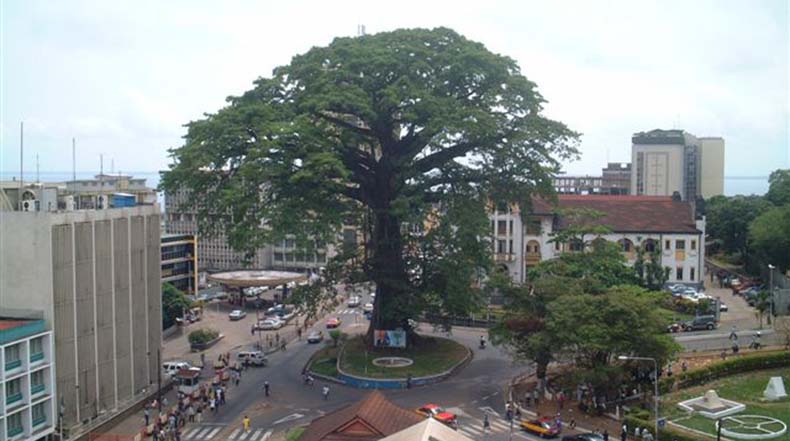
During this month, at least 15 people have died due to flooding, according to reports from the national disaster management agency. The rainy season in Sierra Leone generally runs from May to October.


